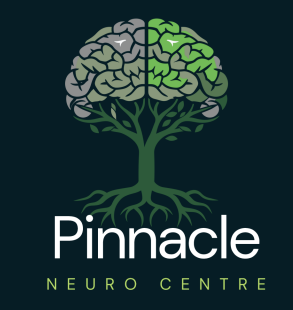Spinal Cord Injury
A spinal cord injury (SCI) is damage to the spinal cord, the bundle of nerves running through the spine, resulting in partial or complete loss of sensory and motor function below the injury site. Causes include trauma (car accidents, falls, sports injuries, or violence) and non-traumatic factors like tumors, infections, or degenerative diseases. The severity depends on the injury’s location and extent—cervical injuries affect arms, legs, and bodily functions, while thoracic or lumbar injuries typically spare upper body function but impact legs or lower systems.
A spinal cord injury (SCI) is damage to the spinal cord that disrupts communication between the brain and body, leading to partial or complete loss of movement, sensation, and function below the injury site. Treatment focuses on stabilizing the spine, reducing inflammation, and preventing further damage. Rehabilitation, including physical therapy, occupational therapy, and assistive devices, plays a vital role in recovery and improving quality of life. Early intervention is crucial for the best outcomes.

SCI disrupts communication between the brain and body, leading to paralysis: tetraplegia (quadriplegia) for cervical injuries, affecting all limbs, or paraplegia for lower injuries, affecting legs and possibly trunk. Symptoms may include loss of sensation, muscle weakness, bladder/bowel dysfunction, and respiratory issues in high injuries. Acute complications like spinal shock or chronic issues like pressure sores and infections pose ongoing challenges. Diagnosis involves neurological exams, imaging (MRI, CT), and assessments like the ASIA scale to classify impairment.
A spinal cord injury (SCI) is a serious condition involving damage to the spinal cord, the bundle of nerves that transmits signals between the brain and the rest of the body. This damage can result in temporary or permanent changes in movement, sensation, and autonomic function below the level of the injury. The severity and location of the injury determine the extent of impairment, ranging from partial loss of motor or sensory function (incomplete injury) to complete paralysis (complete injury).

Immediate treatment focuses on stabilizing the spine, reducing swelling (often with corticosteroids), and preventing further damage. Surgery may decompress the cord or stabilize fractures. Rehabilitation is critical, involving physiotherapy to maximize mobility, occupational therapy for daily tasks, and psychological support to address emotional toll. Assistive devices—wheelchairs, braces, or functional electrical stimulation—enhance independence. Long-term management includes preventing complications, managing spasticity, and adapting lifestyles. Advances like exoskeletons, stem cell research, and neural interfaces offer hope for restoring function, though recovery remains limited for complete injuries.
